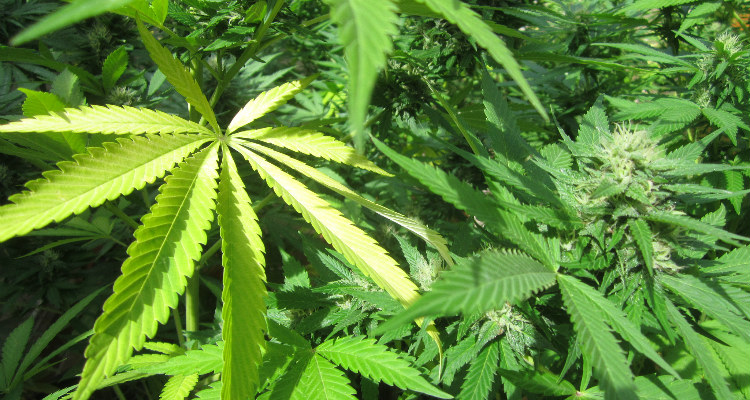Using artificial light to grow marijuana is a very costly and environmentally harmful process, leading various lawmakers to apply new energy taxes to growers, and those growers to look toward a more natural source of energy: the sun.
According to a 2012 study, the average cannabis grow operation uses sixty times as much energy as a one American household. At the time of the study, grow operations were running a $6 billion annual energy bill. In Boulder, Colorado, the city has implemented an energy tax on marijuana growers that will result in an extra 100 dollars per kilogram of cannabis. Meanwhile, it was reported in 2012 that Arcata, CA was planning to tax MMJ growers — who used three times the typical amount of energy — an extra 45% on their electricity bills.
Dispensary and grow operation Harborside Health Center in Oakland, California have begun promoting their “sungrown” marijuana products, arguing that it’s not only cheaper, but creates a better product.
In a cartoon promotional video, “The Story of Sungrown,” Harborside’s Executive Director Steve DeAngelo explains, “8% of California’s electricity is used to grow indoor cannabis, and it takes over 200 pounds of coal to produce one pound of cannabis.” This wasn’t always the case, however: “In the late sixties and seventies California created the most amazing cannabis I have ever seen. With colas as fat as my arm, and so resinous you could pick them up by sticking your fingers to them — all of it grown only using the power of the sun.”
These fields were easy for DEA officers to spot, and when it became too dangerous to grow marijuana in plain sight, DeAngelo says that this “forced growers to plant under the trees, in the shadows — which made the medicine lower quality.”
Illegal indoor grow operations have also become easier for law enforcement to spot, thanks to the enormous amount of electricity an indoor grow demands. Often, police will investigate a home as a possible growhouse if their energy bills seem exceptionally high. Or, as the Dutch Police recently revealed, they can examine groups of houses after a snowstorm and look for the one roof that’s completely dry, all of its snow having melted off due to the extreme temperature of grow-lights.
The claim that Colorado enjoys 300 days of sunshine a year has proven to be an exaggerated myth, though even if it were true the state that pioneered legal weed in America currently doesn’t allow marijuana to be grown the way DeAngelo remembers it from the sixties.
“It is against the law in Colorado to to grow marijuana in a field, or amongst other crops,” says Natriece Bryant of the Colorado Marijuana Enforcement Division. According to the MED website, “Marijuana must be grown in a fully enclosed and locked space, whether indoors or outdoors.”
When pressed about whether greenhouses with enclosed roofs and locks would be allowed, Bryant explained that “As long as the marijuana is grown in an area that is considered limited access, a building, room, or other contiguous area, then it is considered legal.”
Photo Credit: MarihuanayMedicina
Get daily cannabis business news updates. Subscribe
End
